Happy Client Hack: Client Contingency
There’s plenty that can go wrong on a custom home project, but here’s one simple trick that can head off a lot of potential problems. It’s the client contingency.
Just as we have contingencies in our own budgets for the things that inevitably arise, why not also give clients a contingency for their selections?
Here’s how it works: You create another allowance item on your budget called “Client Contingency.” You determine an amount that seems reasonable factoring in the amount of the total budget, the amount of decisions and selections that remain to be finalized at contract signing (hopefully very few, by the way, or that should be the goal), and other things such as the clients’ typical decision patterns, etc.
You list this amount as an allowance in the budget, so it’s visible to the client whether you are using fixed price or cost plus contracts. This line item is only used if the client goes over on another selection item, or it can also be used for any change orders they request.
When it is used, the amount needed to be drawn from the Client Contingency account is credited and the selection line item that needs the overage to be covered, say tile or appliances for example, is debited. In other words, that budget line item is increased correspondingly, so that the total budget remains unchanged and in balance.
This continues until the entire Client Contingency is either wiped out or some amount is remaining at the end of the project. If it gets wiped out, now you are back to typical project accounting. The client must begin covering all selections overages or change orders that are over budget.
***Side note uno: Are you actually getting payment for those overages at the time you’re signing the change orders with the clients?! If you aren’t, start now. It’s one of the biggest risks a builder faces, settling a tab with their client at the end of the job. This isn’t a bar, and you may be left holding the tab if you treat it like one!
***Side note dos: Also, make sure you are accounting for even selections overages via signed change order forms or other formal documentation.
If the clients stay within budget on all their selections items and don’t ask for any change orders, or if they only use a portion of it, you will simply not draw the unused portion. The result is that the final project budget will be less than the original budget.
Quick example: Say the original project budget is $1,000,000 with a $20,000 client contingency. They only use $10,000 of it, so at the end of the project, the final project budget will be $990,000. Again, you will simply never draw that unused $10,000.
If you operate your draw process such that you draw the entire budget, then you will need to modify this slightly and issue the client a check for the unused portion at completion of the contract.
Here are a few of the benefits:
Less bidding and rebidding during the project on selections or change orders, because there is less pressure on the client budget-wise. In other words, they are more likely to say “yes” because they don’t have to write a check for it, which usually makes people think twice and explore options, something that takes up your team’s precious time.
Less likelihood of angry clients if they go over their selections budget or if they need to reselect because of a material being discontinued or whatever. They are less likely to come back and say, “Well, you’re the builder. You shouldn’t have given me such a low allowance.”
Because this account can also be applied to change orders, clients who “want” something, but otherwise couldn’t afford it will now be happier with the outcome.
If clients are using financing, it gives them more rope before they have to start coming out of pocket, but even if a client is using cash, it still has benefit to them. There is a psychological benefit for the client knowing they are “staying in budget,” so this gives them more rope in the same sense. Once a project starts going over budget, even cash clients start approaching everything with a lot more scrutiny and edge.
I realize some of you may see this as a negative, that it can create incentive for clients to make change orders. For those of you who discourage any change orders or selections overages, there’s nothing wrong with that, and this may not be for you. But for those who do allow that flexibility with selections and change orders, the benefits seem strong.
It’s worth mentioning that this isn’t an excuse to get sloppy with your pre-contract budgeting. You still need to either get actual pricing or make educated estimates up front, before signing the contract. This will make your life much easier and provide a much better service to your client, regardless of the Client Contingency.
I’ve found this as a very easy idea to sell to clients. The downside to the client is this: If they are using financing, their origination points and mortgagee title insurance will increase by the amount of the contingency, but on most projects you’re talking about maybe a few hundred bucks at most. It’s a pretty small “insurance policy” for all its benefits. If it sounds interesting, give it a try. We have really liked having it as another tool for happier clients.
BTW, if you are looking to improve some of your company’s systems, head on over to the Building Optimal Shop to check out some of our swag to build a better business. Proceeds go to benefit, Exponencialistas, my non-profit investing in entrepreneurs transforming their communities in Latin America.

